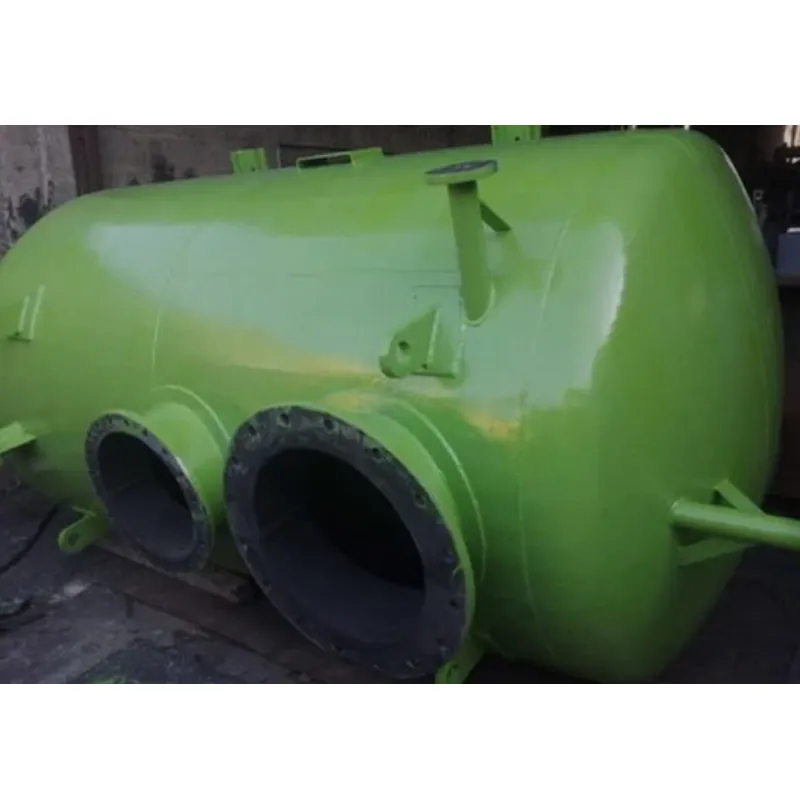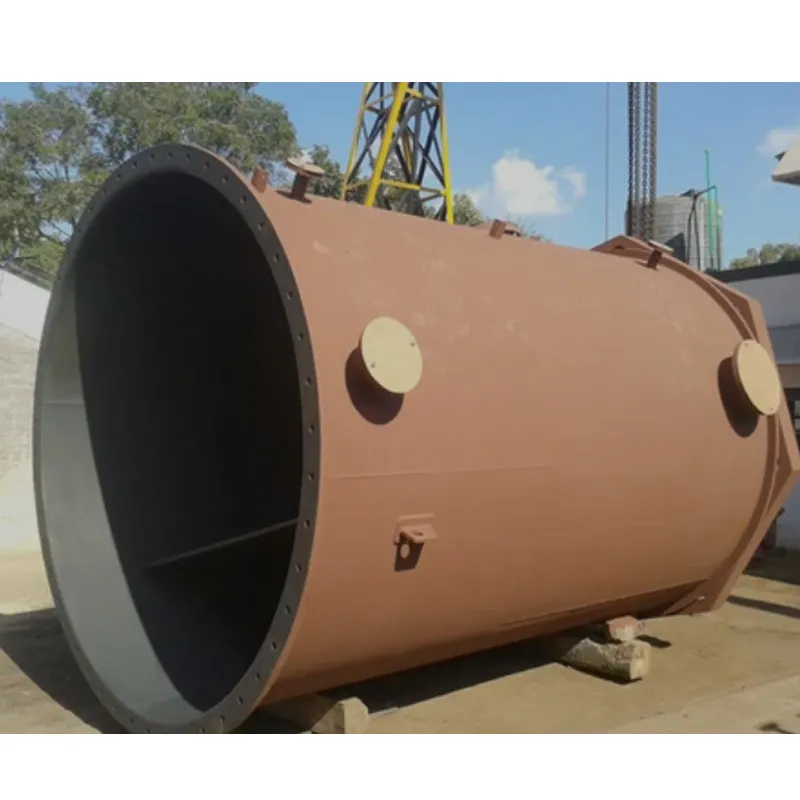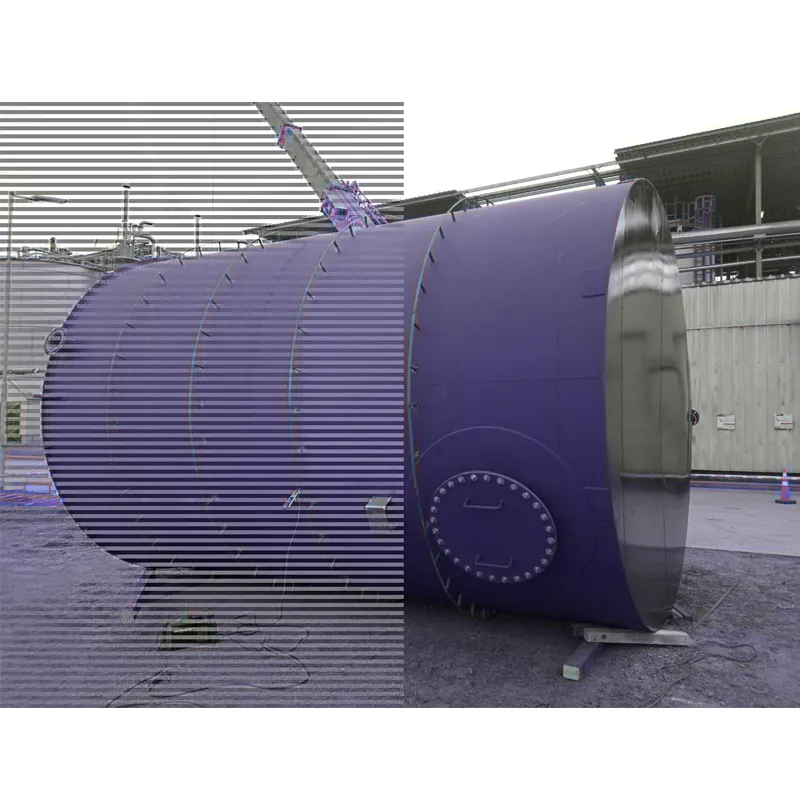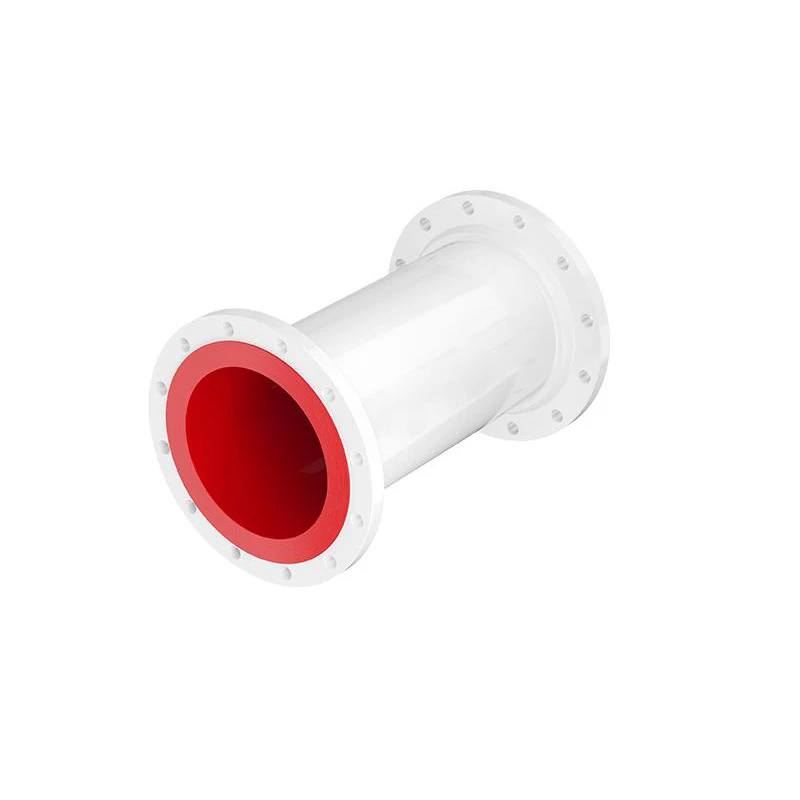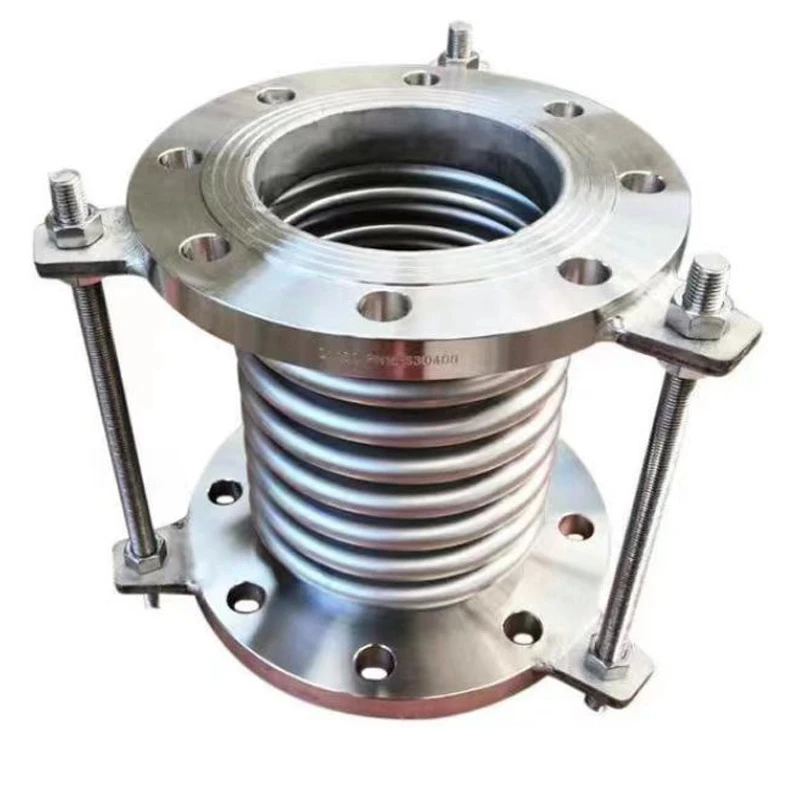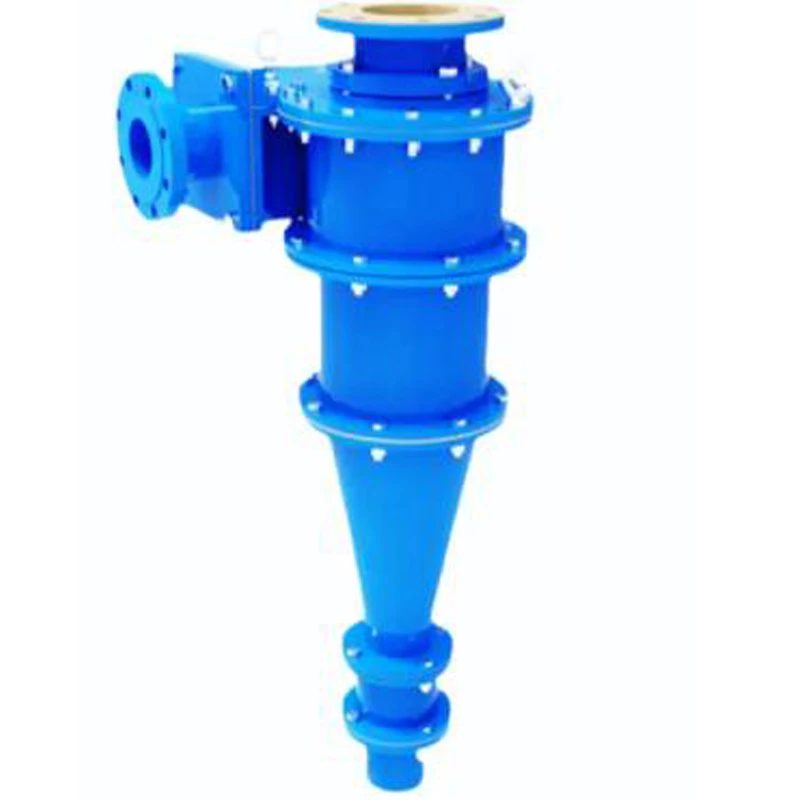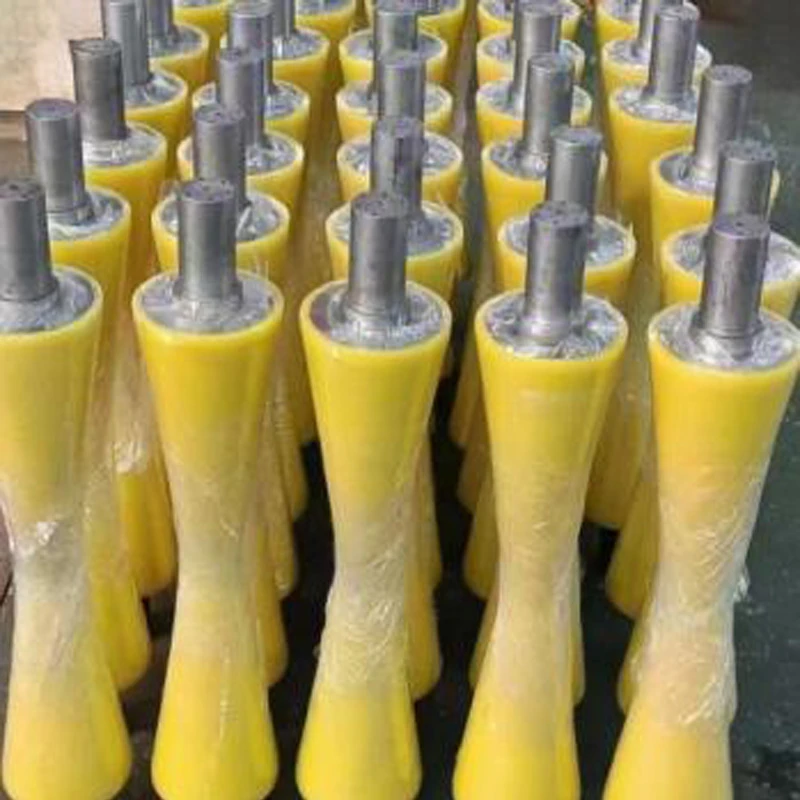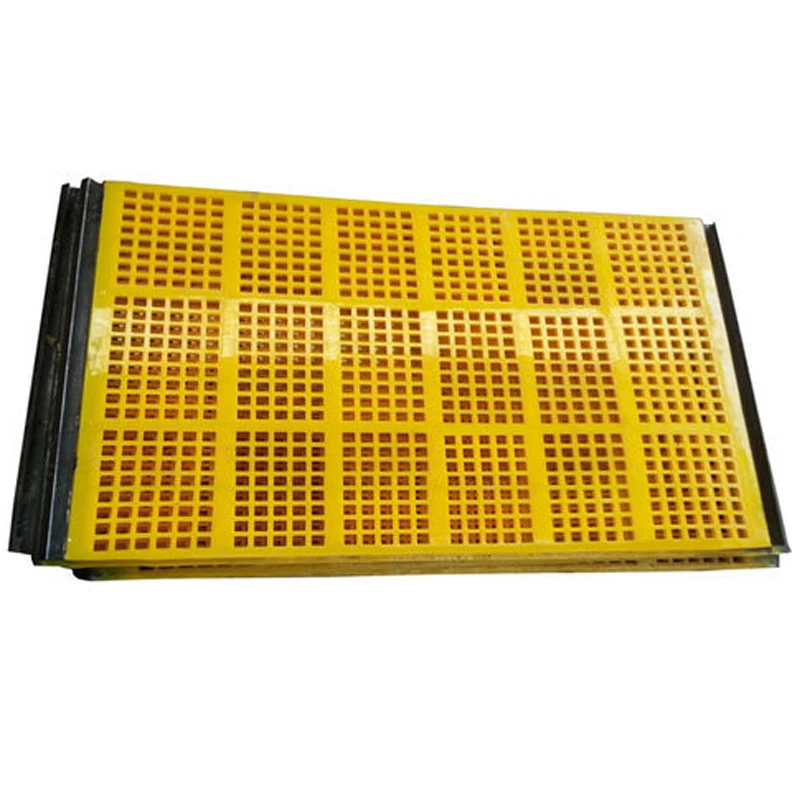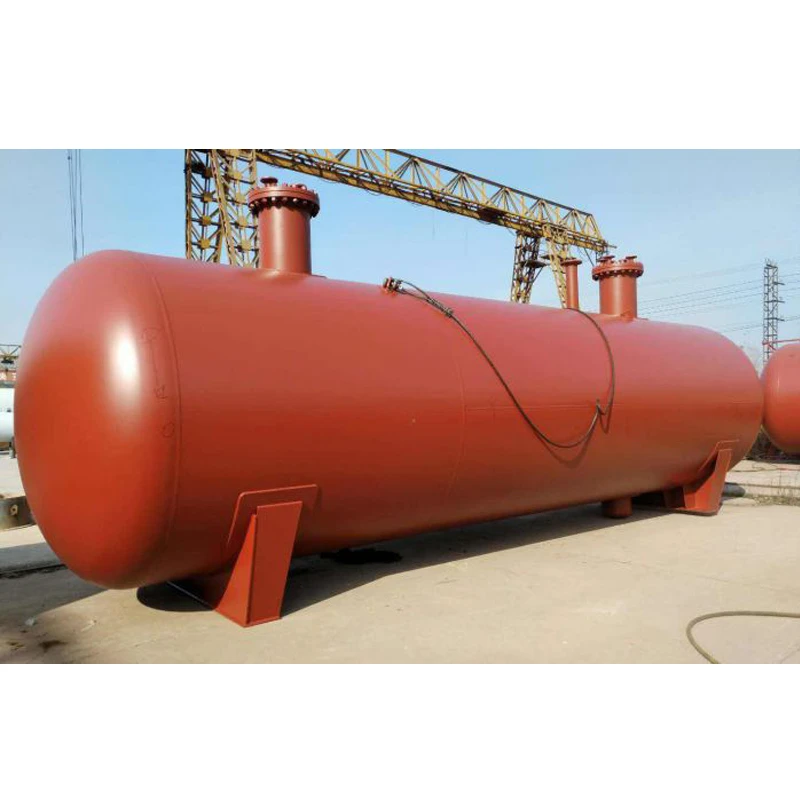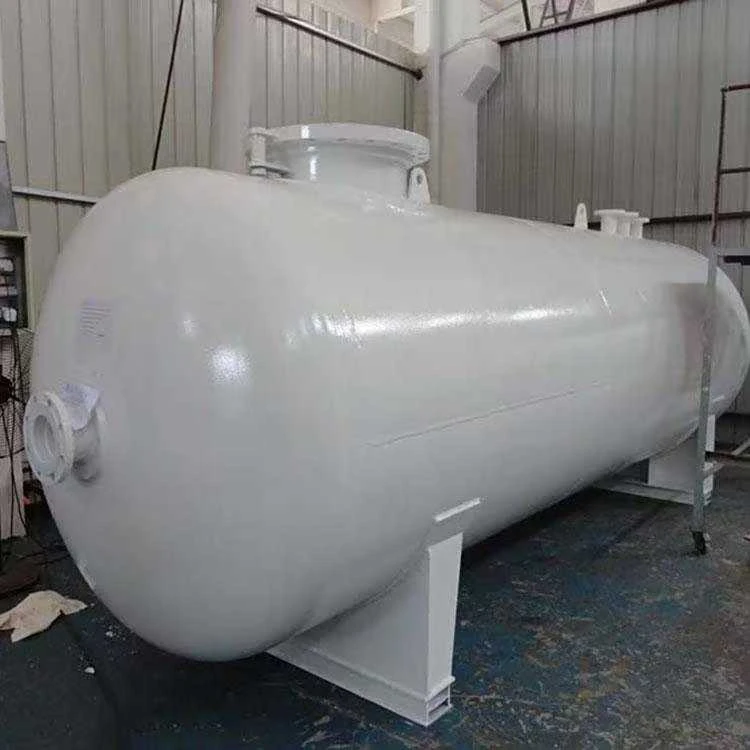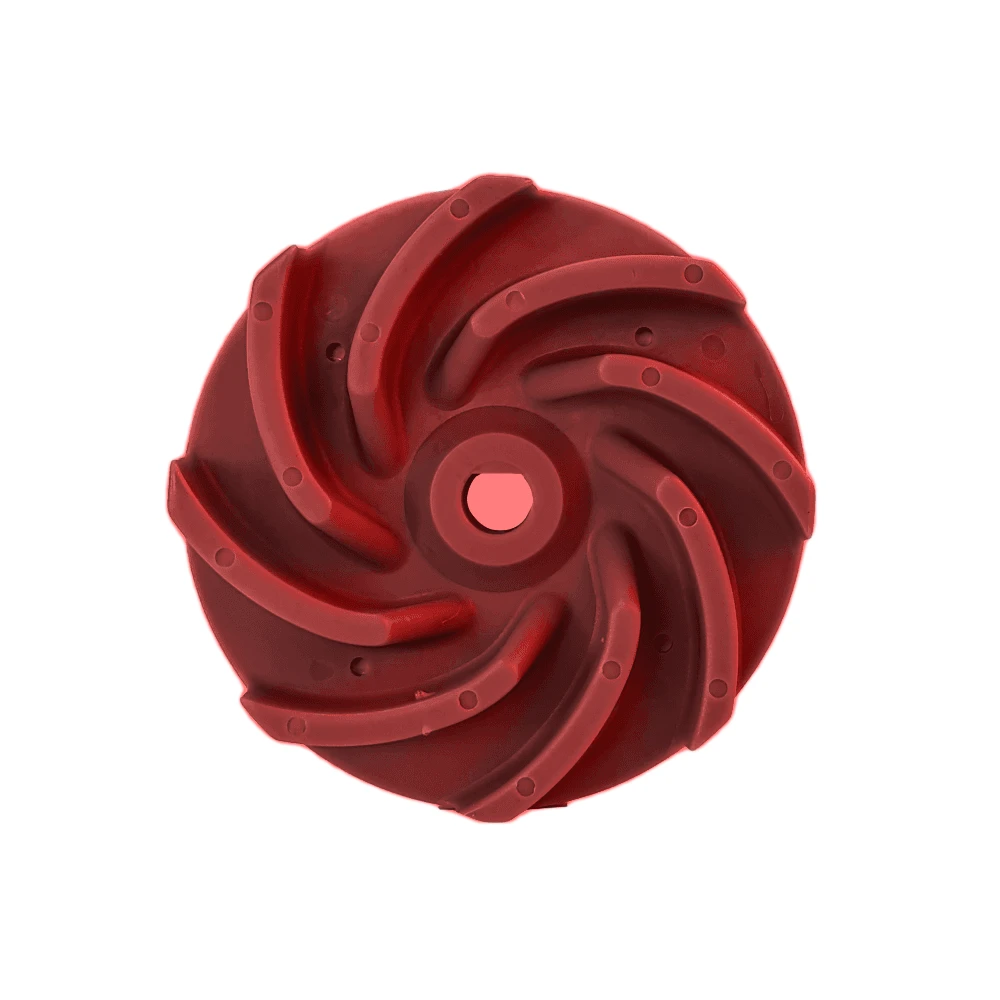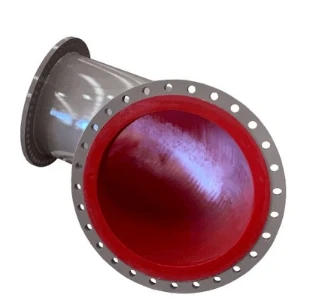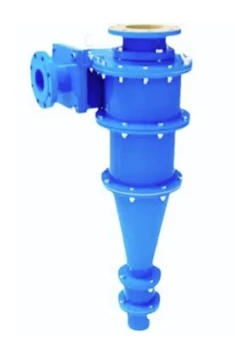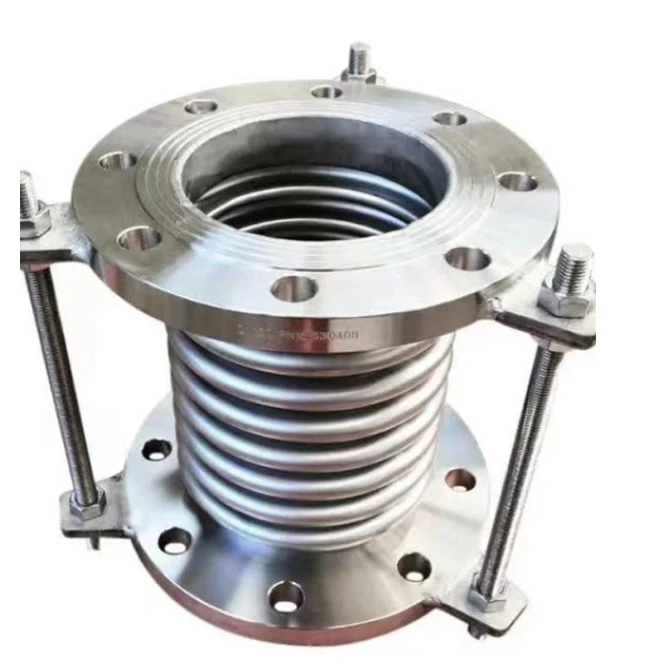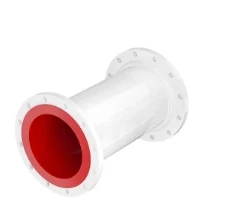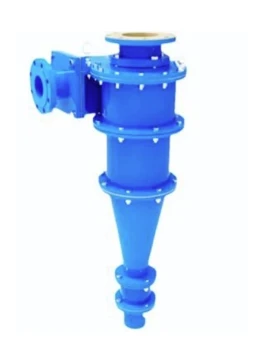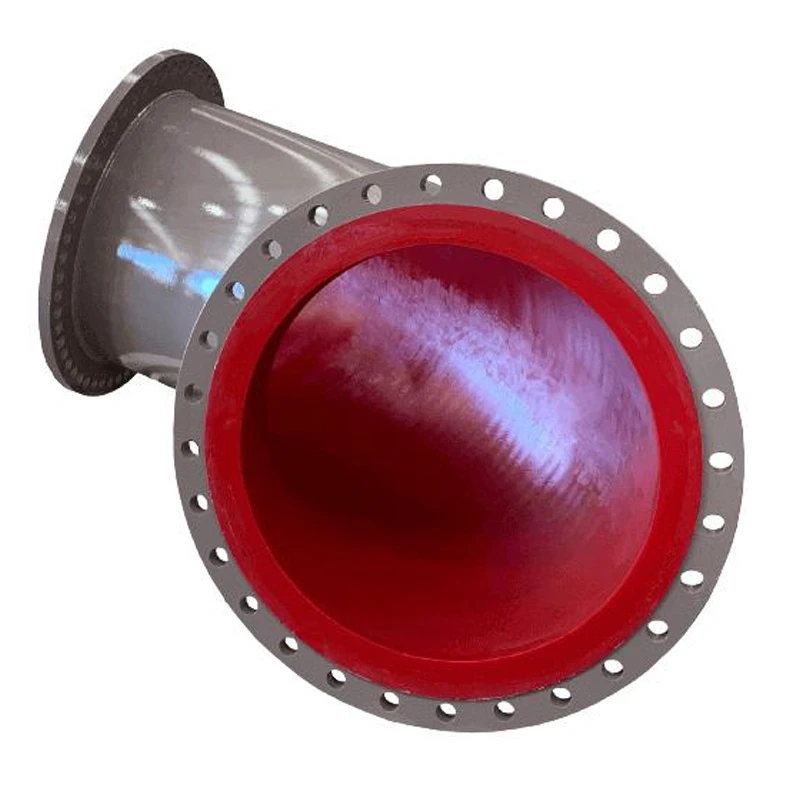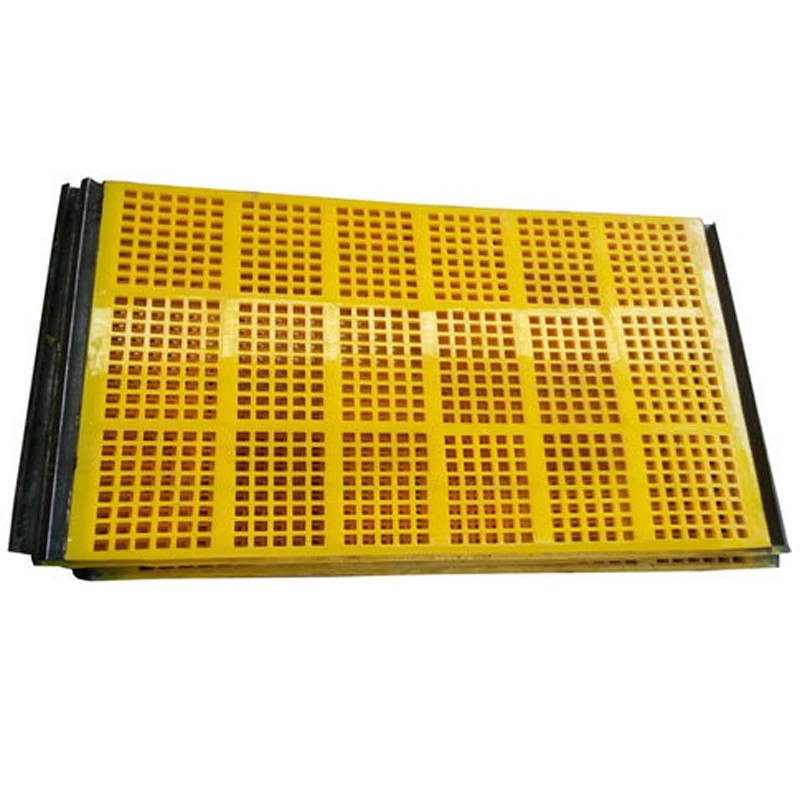A typical rubber lined tank consists of three main components:
- 1.Tank Body (Shell):
Constructed from carbon steel (e.g., Q235B) or stainless steel (e.g., SUS304, SUS316), the shell provides the necessary mechanical strength, pressure capacity, and structural integrity to withstand the contents stored within the tank. The design can be customized to handle atmospheric or pressurized conditions.
- 2.Rubber Lining:
The interior of the tank is lined with a layer of rubber, which serves as a corrosion-resistant barrier. Common rubber types include:
- Natural Rubber (NR): Good for mild acids and water-based solutions.
- Butyl Rubber (IIR): Excellent resistance to acids and gases.
- Neoprene (CR): Good oil and weather resistance.
- EPDM: Suitable for strong alkalis and oxidizing agents.
- Hard Rubber (Ebonite): High chemical resistance and mechanical strength, ideal for aggressive chemical environments.
The rubber is typically applied in sheets or by spraying and then vulcanized (cured) to bond it firmly to the tank surface.
- 3.Adhesive/Bonding System:
A multi-layer adhesive system is used to ensure strong bonding between the rubber lining and the metal substrate. The adhesion quality is critical to prevent delamination during use.
Superior Chemical Resistance:
Rubber lined tanks provide excellent resistance to corrosive chemicals such as sulfuric acid, hydrochloric acid, sodium hypochlorite, phosphoric acid, etc. This makes them ideal for handling a wide range of industrial chemicals safely.
Excellent Abrasion Resistance:
The rubber lining absorbs the impact and abrasion caused by slurries, sand, and other solid-containing fluids, preventing wear of the metal tank shell.
Extended Service Life:
With proper installation and maintenance, a rubber lined tank can significantly outlast an unlined steel tank in corrosive environments.
Cost Savings:
Reduced need for frequent maintenance and tank replacements means lower long-term operating costs.
Versatility:
Available in vertical, horizontal, and custom shapes and volumes, these tanks can be designed for various operational needs, including vacuum, thermal insulation, or pressure handling.
Rubber lined tanks are used in a wide variety of industrial sectors, including:
Chemical and Petrochemical Plants: For storing acids, alkalis, and solvents.
Water Treatment Facilities: For storing brine, deionized water, chlorine solutions.
Mining and Mineral Processing: For storing abrasive slurries and tailings.
Power Plants: For desulfurization and wastewater treatment processes.
Pharmaceutical and Food Industries: For certain non-toxic or process-related fluids, with food-grade rubber if required.
Pulp and Paper Mills: For handling bleaching chemicals and pulp slurries.
Rubber Lined Tanks: Superior Abrasion & Corrosion Resistance for Demanding Industrial Applications
Contact Us
Related Products
Our main products are polyurethane lined pipes, mining equipment fittings and metal hoses.


Related News




